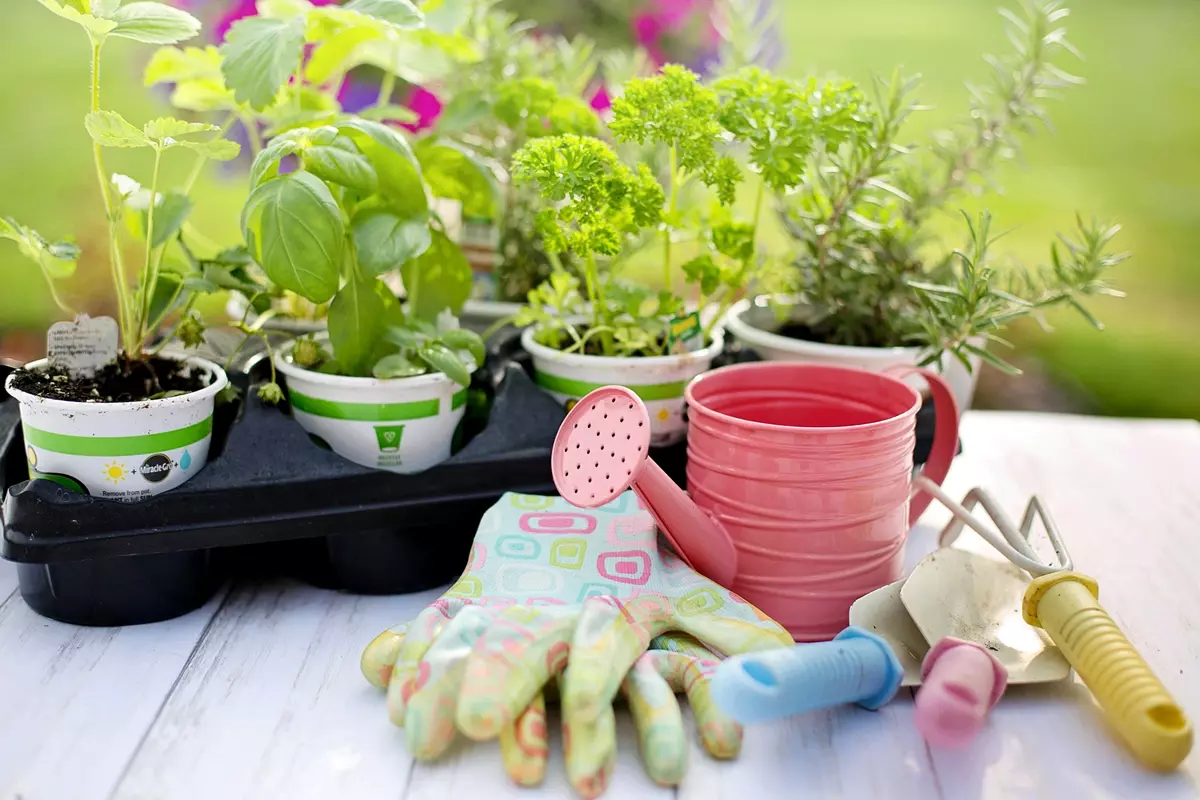
5 Must-Have Tools for Every Gardener - The Ultimate Guide
Discover the 5 must-have gardening tools every gardener needs! Learn how to choose the best equipment for a thriving garden. Read the ultimate guide now!
Read MoreSpring is in the air, and Easter is just around the corner! But what’s the secret to making your holiday truly unforgettable? It all starts with the right flowers. Whether you're decorating your home, sending a heartfelt gift, or preparing a breathtaking church display, choosing the perfect Easter blooms can transform any space into a springtime paradise.
But here’s the catch-not all flowers are created equal. Some carry deep symbolism, others boast stunning colours, and a few have fascinating histories that will surprise you! Ready to uncover the 10 most beautiful Easter flowers and how to use them like a pro? Keep reading, because we’re about to dive into a floral journey that will inspire you this Easter!
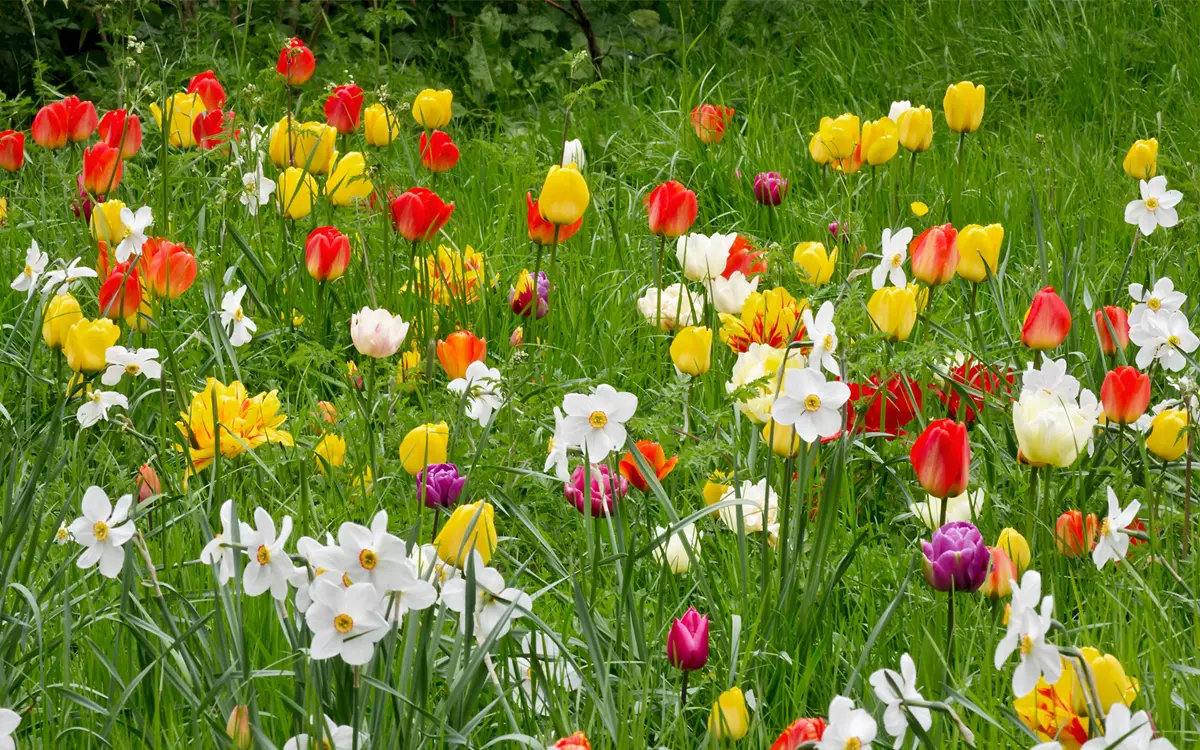
Flowers have played a symbolic role in Easter celebrations for centuries, representing themes of rebirth, hope, and renewal. From religious traditions to cultural customs, Easter flowers carry deep meanings that make them more than just beautiful decorations. But what do these flowers actually symbolise, and why are they so important during this season?
In this section, we will explore the significance of some of the most popular Easter blooms, explaining how they connect to the deeper themes of the holiday.
In Christian traditions, flowers have long been associated with biblical themes of resurrection and purity. Many of the most common Easter flowers are mentioned in religious texts or have been used in church services for centuries.
Beyond individual flower meanings, colours also play a crucial role in Easter symbolism. Churches and homes are often decorated with specific colours that reflect the emotions and themes of the season.
Gifting flowers during Easter is a tradition that blends religious, cultural, and seasonal symbolism. Whether as a gesture of love, a token of remembrance, or a way to bring joy, Easter flowers hold a deep significance.
The tradition of using flowers for Easter dates back to ancient times. Even before Christianity, spring festivals celebrated the return of life and fertility. Many of the flowers now associated with Easter were originally linked to pagan spring rituals, later adopted by Christian customs.
For example:
Easter flowers are far more than just seasonal decorations. Their meanings, colours, and history all contribute to the rich traditions of this holiday. Whether used for religious celebrations, heartfelt gifts, or simply to welcome spring, these blooms carry deep symbolism that enhances the spirit of Easter.
As you prepare for Easter this year, consider the message behind the flowers you choose. A bouquet of white lilies, bright daffodils, and vibrant tulips is not just a visual delight-it is a reflection of hope, renewal, and the beauty of life.
Flowers have long been an essential part of Easter celebrations, bringing colour, fragrance, and deep symbolism to homes, churches, and festive gatherings. Whether used for decorations, religious ceremonies, or heartfelt gifts, Easter flowers represent themes of renewal, purity, and the joy of spring. Below, we explore ten of the most popular Easter blooms, each with its own unique meaning and significance.
The Easter Lily is undoubtedly the most recognised flower of Easter. With its pristine white petals and trumpet-shaped blooms, it symbolises purity, renewal, and the resurrection of Christ. According to Christian tradition, lilies were said to have grown in the Garden of Gethsemane after Christ's crucifixion, making them a deeply spiritual emblem of Easter.
Churches and homes frequently display Easter Lilies as a reminder of hope and rebirth. Their elegant fragrance and graceful appearance make them one of the most cherished flowers of the season.
Known for their vibrant colours and simple yet elegant shape, tulips are a favourite choice for Easter floral arrangements. They symbolise love, forgiveness, and new beginnings, making them a perfect representation of the Easter message.
Different tulip colours carry distinct meanings:
A classic symbol of spring and new life, daffodils are among the first flowers to bloom as winter fades. Their golden yellow petals bring warmth and optimism, reflecting the essence of Easter as a time of renewal and hope.
In British folklore, daffodils were considered lucky charms, believed to bring prosperity and happiness to those who received them as gifts. Today, they remain a popular choice for Easter bouquets and garden displays.
Hyacinths are celebrated for their rich fragrance and vibrant colours, making them a delightful addition to Easter flower arrangements. They symbolise peace, joy, and playfulness, qualities that perfectly align with the celebratory nature of Easter.
These flowers are often associated with sincerity and heartfelt emotions, making them an excellent choice for Easter gifts.
Representing purity, spirituality, and grace, white roses are a timeless symbol of Easter. They are often used in religious ceremonies and church decorations to signify the holiness of the occasion.
White roses also carry a message of remembrance, making them a thoughtful choice for honouring loved ones during the Easter season.
Primroses are delicate spring flowers that symbolise youth, renewal, and fresh starts. Their name, derived from the Latin word "primus," meaning "first," reflects their role as one of the earliest blooming flowers of spring.
These cheerful blooms add a touch of whimsy to Easter gardens and floral displays, embodying the season's joyful energy.
Bright and cheerful, crocuses are often seen as a sign of hope and happiness. These early spring flowers burst through the cold ground, signalling the arrival of warmer days and the promise of renewal.
With their soft purple, white, and yellow hues, crocuses are a beautiful way to celebrate the vibrancy of Easter.
Irises are elegant flowers associated with faith, wisdom, and courage. Their name comes from the Greek word for "rainbow," reflecting their stunning variety of colours.
In Christian art, irises have been linked to the Virgin Mary, symbolising sorrow and devotion. Their striking appearance makes them a meaningful choice for Easter floral arrangements.
Cherry blossoms are a breathtaking reminder of the fleeting beauty of life. These delicate pink and white flowers bloom in early spring, lasting only a short time before their petals fall.
Though often associated with Japanese culture, cherry blossoms have become a symbol of renewal and transformation in many parts of the world, making them a poetic addition to Easter celebrations.
Freesias are known for their delightful fragrance and association with innocence and friendship. Their sweet scent makes them a favourite for Easter bouquets and home decorations.
With their elegant, bell-shaped blooms and variety of colours, freesias bring an extra layer of charm to Easter floral displays.
Each of these stunning Easter flowers carries its own special meaning, enhancing the joy and symbolism of the season. Whether you choose the purity of lilies, the vibrancy of tulips, or the charm of primroses, incorporating these blooms into your Easter celebrations will bring beauty and deeper significance to the occasion.
As you plan your Easter floral arrangements, consider the message behind each bloom and how it can enrich your home, gifts, or religious celebrations. No matter which flowers you choose, they will undoubtedly brighten your holiday and capture the essence of spring.
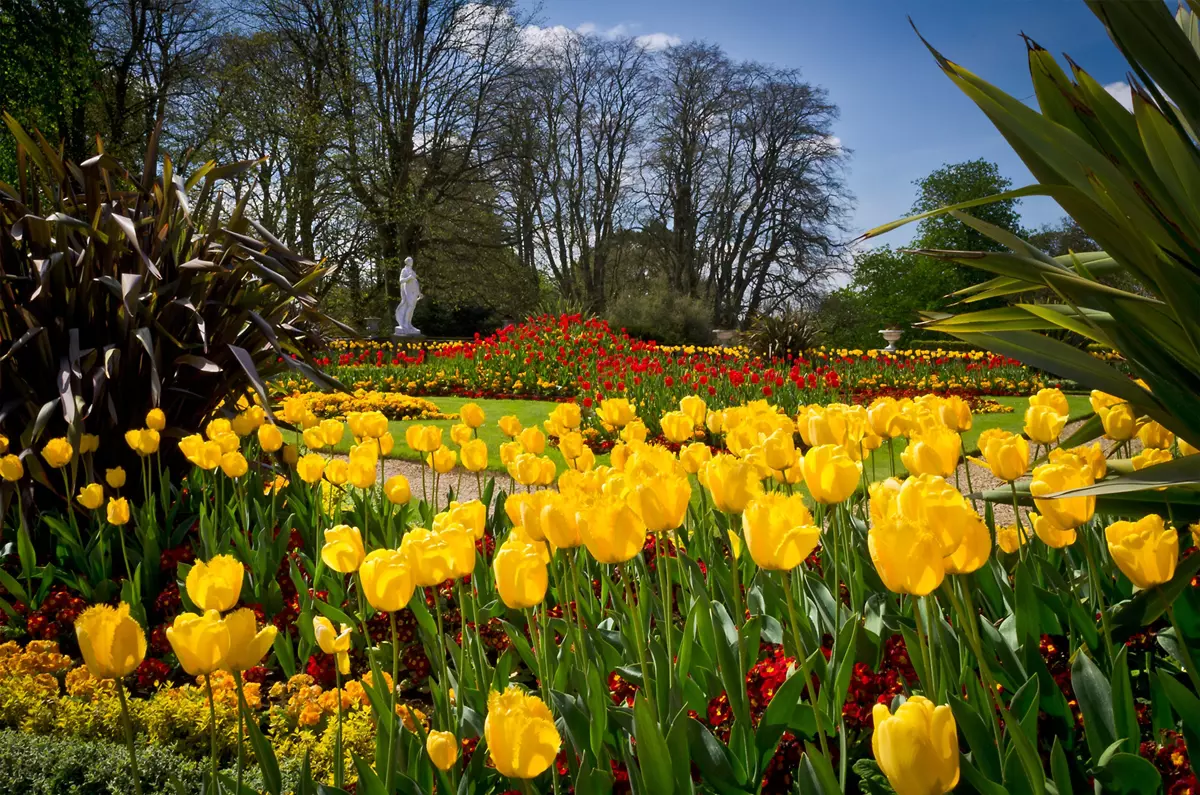
Choosing the perfect Easter flowers is about more than just aesthetics. The right blooms can enhance your home décor, serve as meaningful gifts, and even create a deeper connection to the spiritual essence of Easter. But with so many options available, how do you select the best flowers for your celebrations?
Here are the key factors to consider when choosing Easter flowers:
Each flower carries a unique meaning, making symbolism an important factor when selecting your Easter blooms. Many traditional Easter flowers have deep-rooted connections to renewal, hope, and spirituality.
The colour of flowers can greatly impact their symbolic meaning and how they complement Easter decorations. Opting for soft, pastel shades aligns with the holiday’s themes of purity, renewal, and joy.
Mixing these colours in your floral arrangements creates a harmonious and visually appealing Easter display.
The scent of flowers can evoke emotions and enhance the overall Easter atmosphere. Selecting fragrant blooms adds an extra sensory dimension to your decorations and gifts.
If you are sensitive to strong fragrances, consider mixing scented flowers with milder ones to create a balanced bouquet.
When choosing Easter flowers, consider their lifespan. Some flowers wilt quickly, while others remain fresh for an extended period. Opting for long-lasting blooms ensures that your arrangements stay vibrant throughout the Easter season.
To extend the life of your Easter flowers, ensure they are placed in clean water, away from direct sunlight and heat sources.
The best Easter flowers depend on where and how you intend to use them. Whether you’re decorating a church, gifting a bouquet, or arranging a table centrepiece, consider the suitability of different blooms.
Opt for white lilies, white roses, and purple tulips to create a serene and sacred atmosphere.
A bouquet of pink tulips, yellow daffodils, and freesias makes a thoughtful and vibrant present.
Choose pastel-coloured flowers like hydrangeas, primroses, and cherry blossoms to brighten your space.
Choosing the best Easter flowers requires a balance of symbolism, colour harmony, fragrance, and longevity. By selecting flowers that reflect the spiritual and seasonal significance of Easter, you can create stunning arrangements that enhance your celebrations.
Whether you prefer the elegance of lilies, the charm of tulips, or the fragrance of hyacinths, the right flowers will bring warmth, beauty, and meaning to your Easter festivities.

Flowers are a beautiful way to bring the spirit of Easter into your home, garden, or place of worship. Whether you are creating a festive table centrepiece, decorating your church for Easter Sunday, or giving a thoughtful floral gift, the right arrangements can enhance the season’s joyful and symbolic atmosphere.
Here are some creative and elegant ways to incorporate Easter flowers into your decorations:
A well-designed floral centrepiece can transform your Easter table into a vibrant and welcoming space. Spring blooms arranged in a stylish vase bring freshness and seasonal charm to your Easter feast.
To create a balanced arrangement, choose a low vase or basket that allows for easy conversation across the table. A mix of heights and textures will add depth and visual appeal.
Churches often use flowers to symbolise the resurrection and new life associated with Easter. Floral displays on the altar, at the entrance, or around the pews can enhance the sacred atmosphere of Easter services.
For a grander display, consider large floral arches at the entrance or cascading arrangements around religious statues. Using white and pastel flowers enhances the sense of purity and peace.
Floral gifts are a meaningful way to share the joy of Easter with loved ones. Whether you’re visiting family or sending flowers as a surprise, a beautifully arranged bouquet can brighten anyone’s day.
Enhance your Easter bouquet by including a personalised Easter card with a heartfelt message or a Bible verse that reflects the spirit of the holiday.
For those who love gardening, Easter is the perfect time to plant and display seasonal flowers. Bright spring blooms can create a welcoming entrance to your home or serve as a colourful focal point in your garden.
Consider arranging potted plants near your front door, or creating an Easter-themed display with decorative bunnies, Easter eggs, and a mix of flowering bulbs.
Incorporating flowers into your Easter decorations adds a sense of renewal, beauty, and joy to the season. Whether you are setting a festive table, decorating a church, giving a thoughtful bouquet, or enhancing your garden, the right floral arrangements can create a memorable and meaningful celebration.
By selecting traditional Easter flowers like lilies, tulips, daffodils, and roses, you not only embrace the spirit of spring but also honour the deep symbolism these blooms carry. This Easter, let your floral displays reflect the hope and happiness of the season!
Nothing brightens up an Easter celebration like a beautiful bouquet of fresh flowers. However, without proper care, your blooms may start wilting sooner than expected. Whether you’re displaying an elegant Easter lily arrangement, a cheerful bouquet of tulips and daffodils, or a fragrant mix of hyacinths and freesias, following the right care techniques can help your flowers stay fresh for longer.
Here are the best expert-approved tips to ensure your Easter flowers remain vibrant and beautiful throughout the holiday.
One of the most effective ways to keep cut flowers fresh is to trim the stems at an angle. Cutting them diagonally increases the surface area for water absorption, allowing the flowers to stay hydrated for longer.
For delicate flowers like tulips and daffodils, avoid cutting too much, as their hollow stems are more fragile.
Stale water is one of the biggest causes of wilting flowers. To prevent bacterial growth and keep your Easter blooms fresh:
For flowers like daffodils, which release a sap that can be toxic to other blooms, let them sit in fresh water for a few hours before mixing them with other flowers.
Although flowers love natural light when growing, cut flowers last longer when kept in a cool, shaded area. Heat accelerates dehydration, causing petals to wilt quickly.
Fluctuating temperatures can also reduce longevity, so keeping flowers in a stable environment is key.
Adding flower food to the water provides essential nutrients that help cut flowers stay vibrant. Most bouquets come with a small packet of preservative, but you can also make your own using household ingredients.
Mix these into the vase water to help your Easter flowers last longer and maintain their freshness.
As flowers begin to age, bacteria from dying petals and leaves can spread, shortening the lifespan of the entire bouquet.
Regular maintenance ensures that the healthiest flowers stay fresh for as long as possible.
Professional florists often store flowers in cool environments to extend their lifespan. If you want to keep your Easter blooms looking perfect for longer, try placing them in the fridge overnight.
Even a few hours in a cool place can significantly extend the freshness of your Easter floral arrangements.
Keeping your Easter flowers fresh doesn’t require much effort-just a few simple steps can make all the difference. By trimming stems, changing water regularly, avoiding direct heat, and using flower food, you can ensure your blooms stay vibrant throughout the holiday.
Whether you're displaying an elegant Easter lily arrangement, a bouquet of pastel tulips and daffodils, or fragrant hyacinths, these tips will help you enjoy their beauty for as long as possible. Follow these expert flower care tips, and let your Easter celebrations be filled with fresh, fragrant blooms!
Whether you’re decorating your home, gifting loved ones, or setting up an Easter celebration, choosing the right flowers can bring joy and meaning to the holiday. From the iconic Easter lily to vibrant tulips and delicate cherry blossoms, these blooms will brighten any space. Happy Easter!

Discover the 5 must-have gardening tools every gardener needs! Learn how to choose the best equipment for a thriving garden. Read the ultimate guide now!
Read More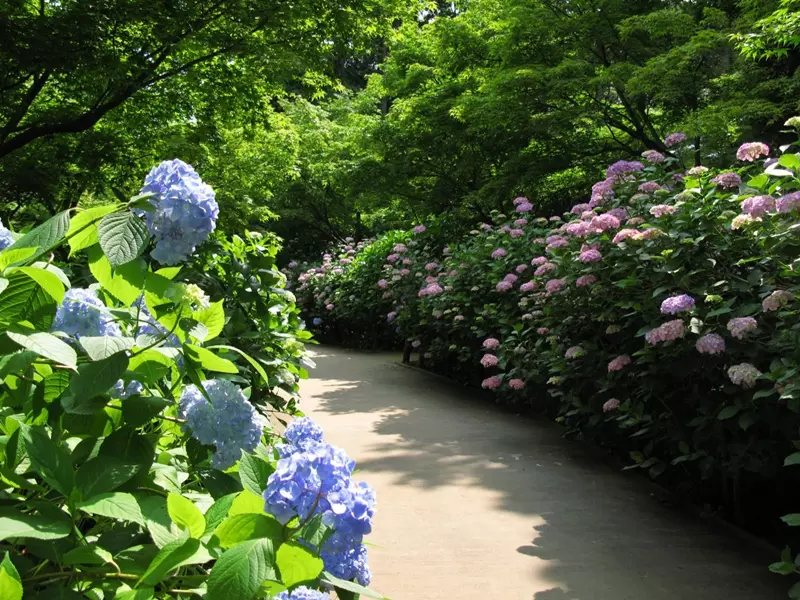
Explore the best hydrangea varieties for urban gardens in the UK, including their unique features and benefits for city environments.
Read More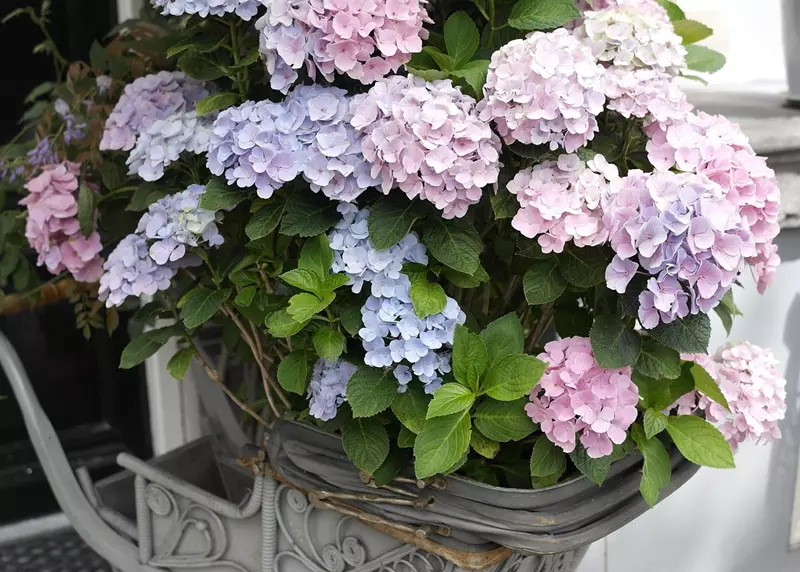
Learn how to grow and care for hydrangeas in pots on your balcony. From choosing the right varieties to planting and seasonal care, get all the tips you need for success.
Read More